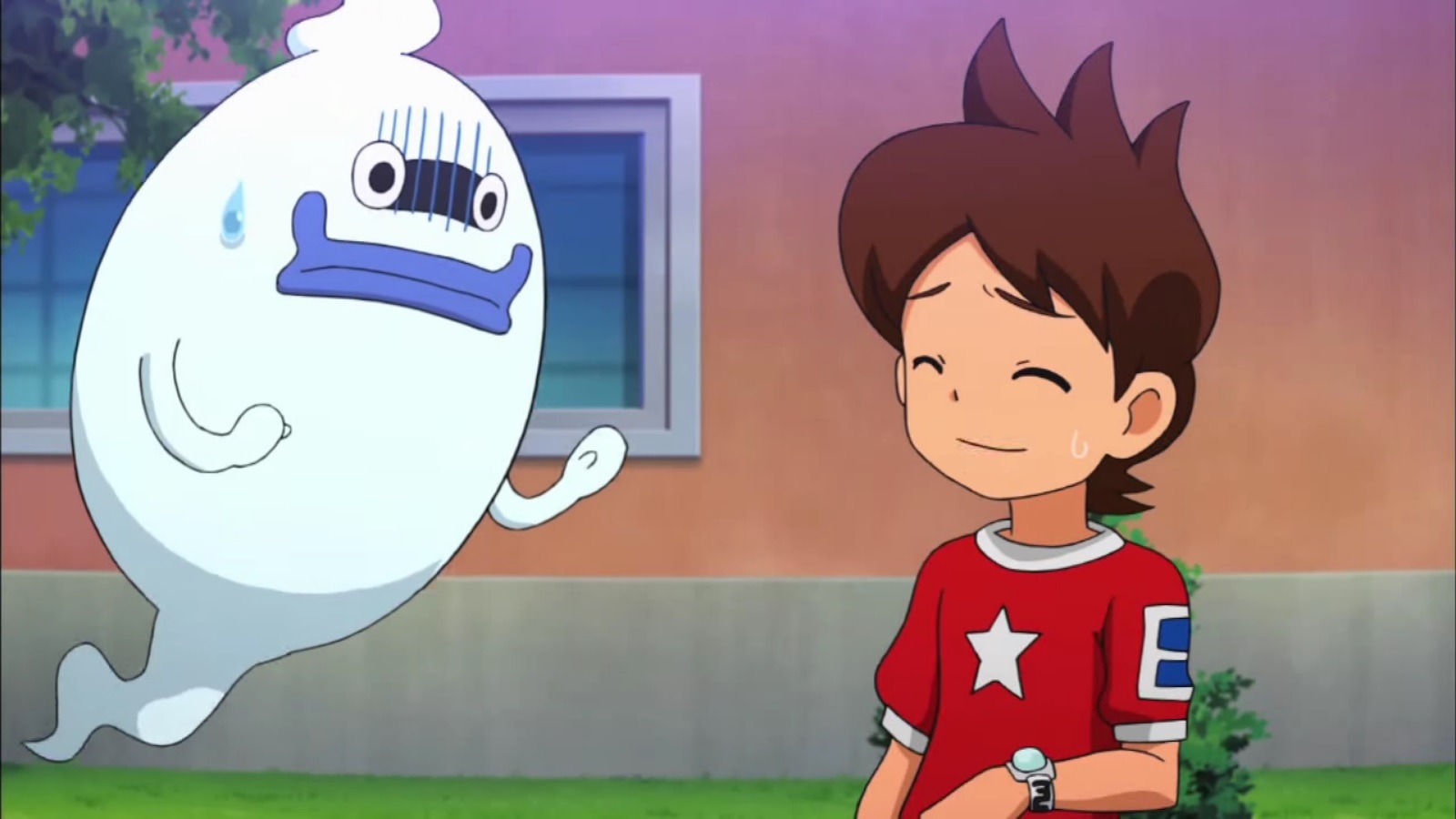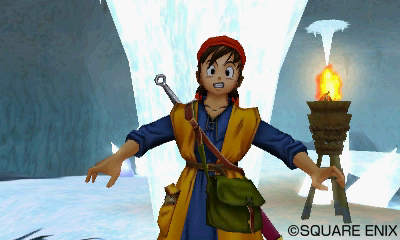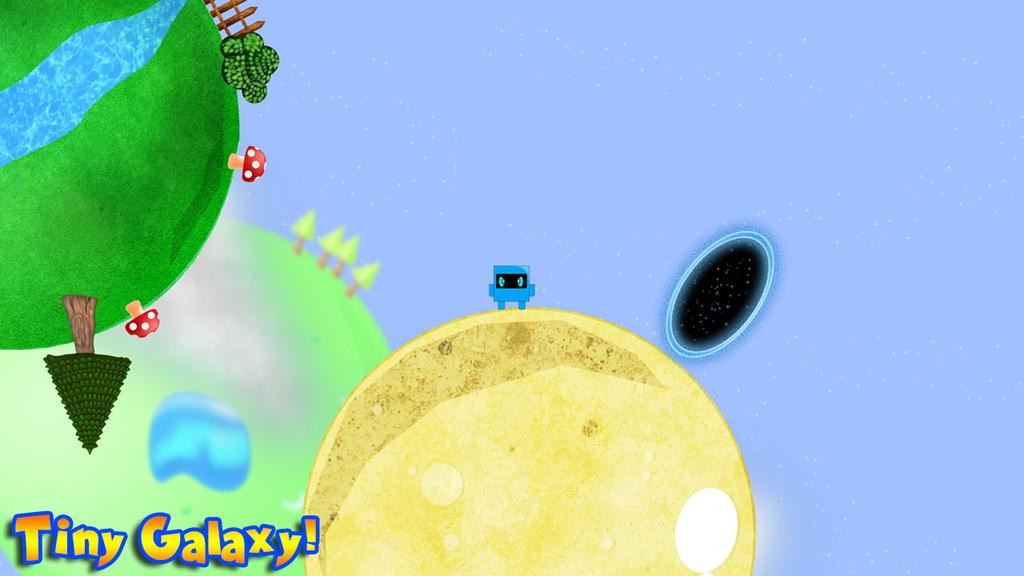An English trailer has been uploaded for the Yo-Kai Watch anime. Watch it below.
Square Enix shared new screenshots from the 3DS version of Dragon Quest VIII today. You’ll find them in the gallery below.
A launch trailer for Tiny Galaxy has been prepared ahead of the game’s North American launch on July 16. Check it out below.
In Chibi-Robo!: Zip Lash, the game is packed with plenty of snacks like pocky and Utz potato chips. Nintendo producer Risa Tabata explained during E3 2015 last week that this came about so that players would be able to truly understand Chibi-Robo’s size, and so that he’d have more items to collect that felt more substantial.
Tabata told Nintendo World Report:
“We were trying to think of ways to express [how tiny Chibi-Robo is] to give you a point of reference to show you how small he is in real life. Since this time, there are no people around, [the snacks] something we can give you to compare.”
“Because the game itself takes place around the world in various places, we thought coming up with different monuments that you see around the world, such as the Statue of Liberty or the Pyramids, but that would be way too big to use as a reference for a tiny little robot. And that’s when I thought ‘What’s something that’s around us all the time, and makes people happy to see or to find in game?’ I personally also love snacks too, so I thought this is a great idea to implement in the game.”
In order for snacks to be included in Chibi-Robo!: Zip Lash, Nintendo branches in North America and Europe needed to reach out to different companies. Tabata also visited 30 different snack food companies for the Japanese version.
Nintendo producer Kensuke Tanabe said:
“Around this time in Japan, it is super hot and humid. So she was wearing her business attire, walking around the whole country, travelling to present this idea to all these people. I myself was sitting in the office, just chilling, thinking ‘She’s going through such a hard labor.’ *laughs*”




















